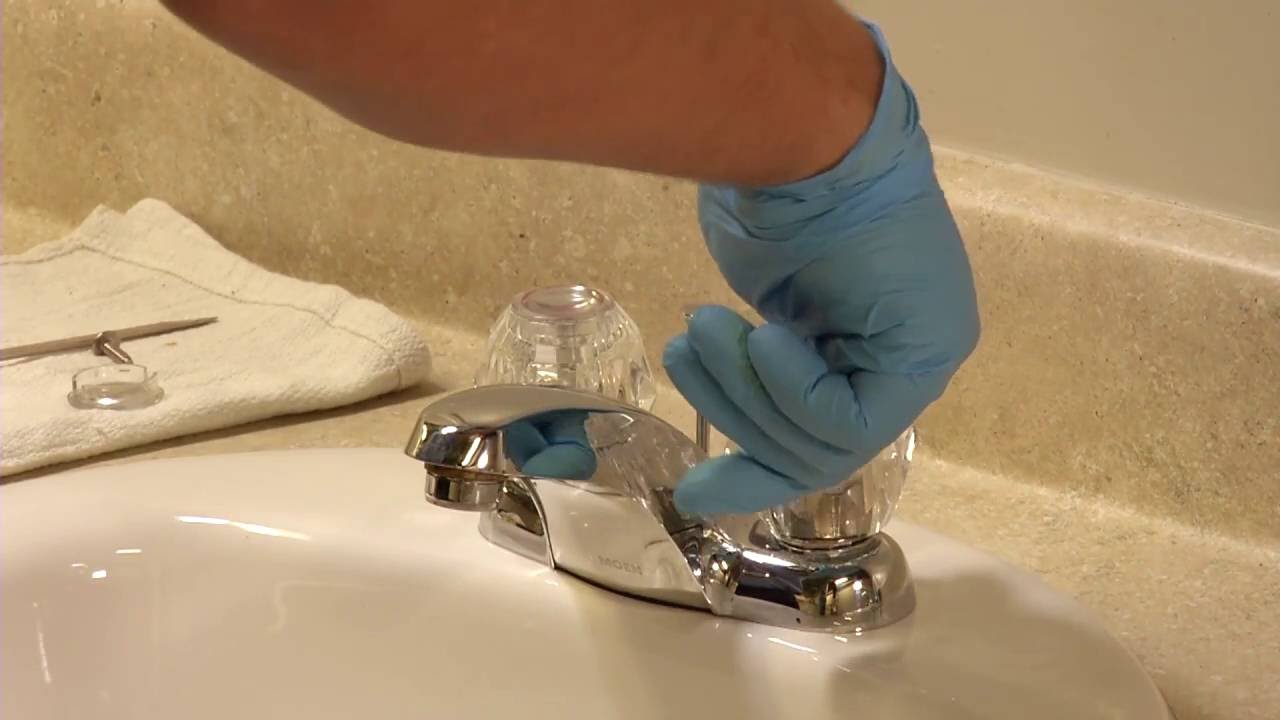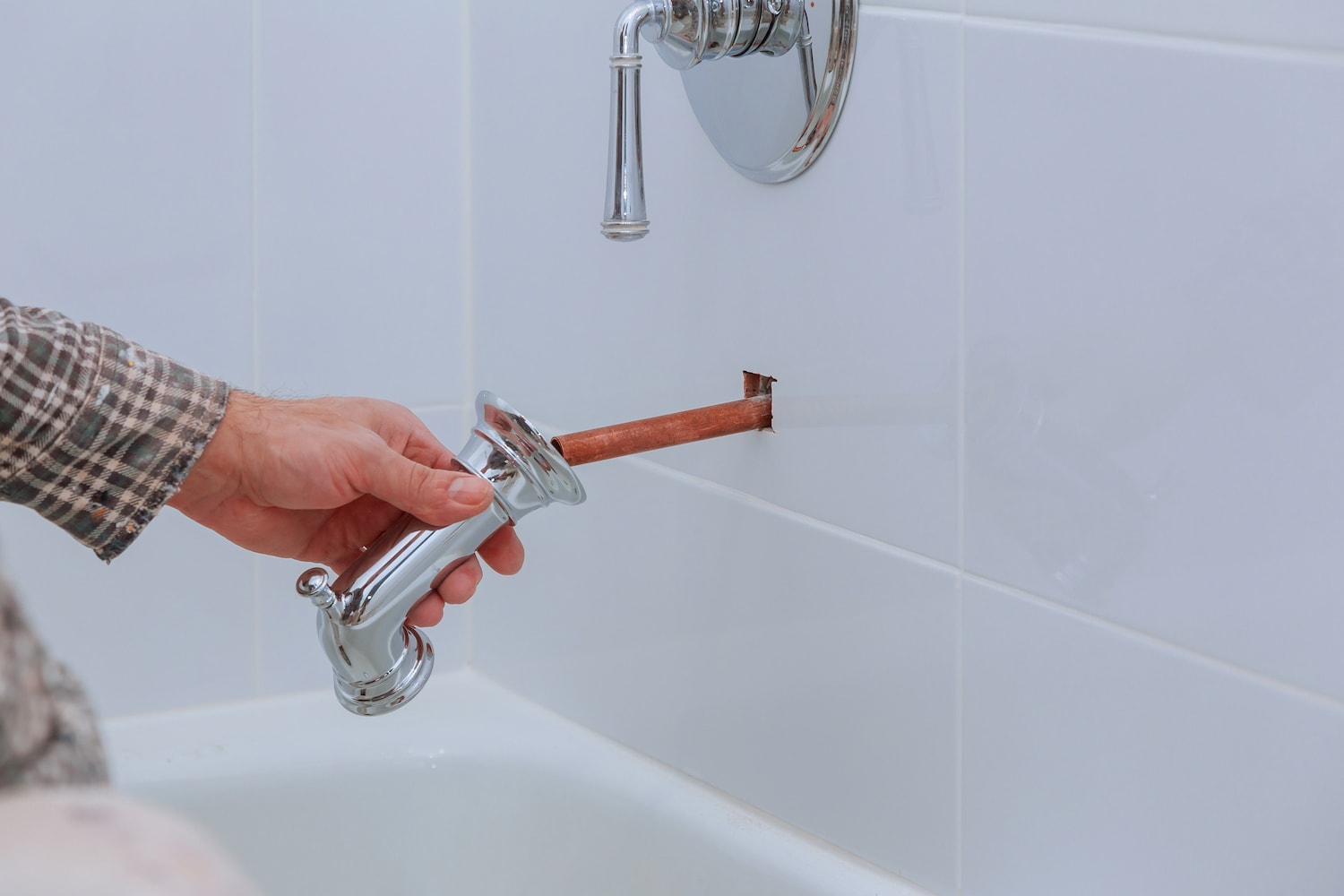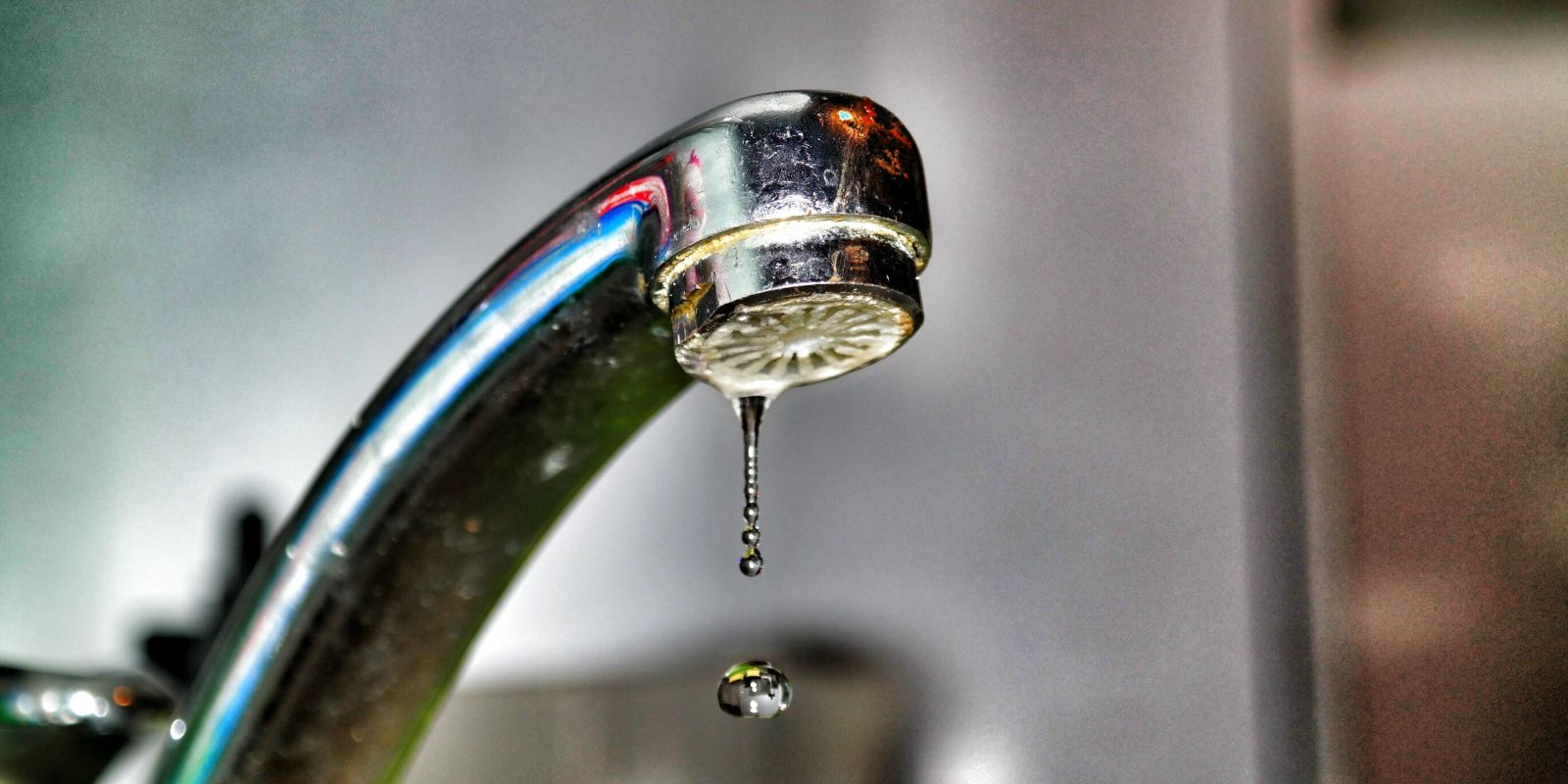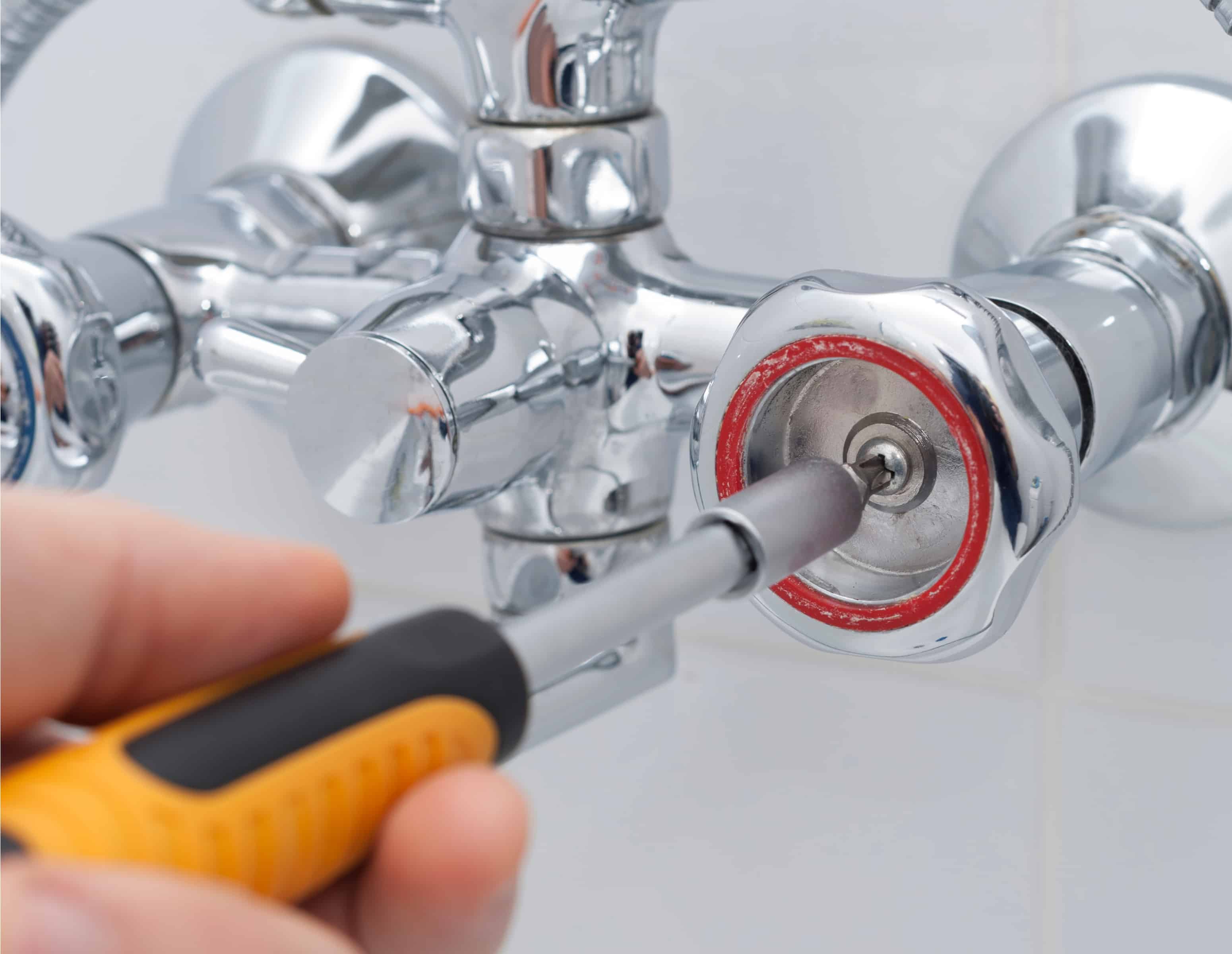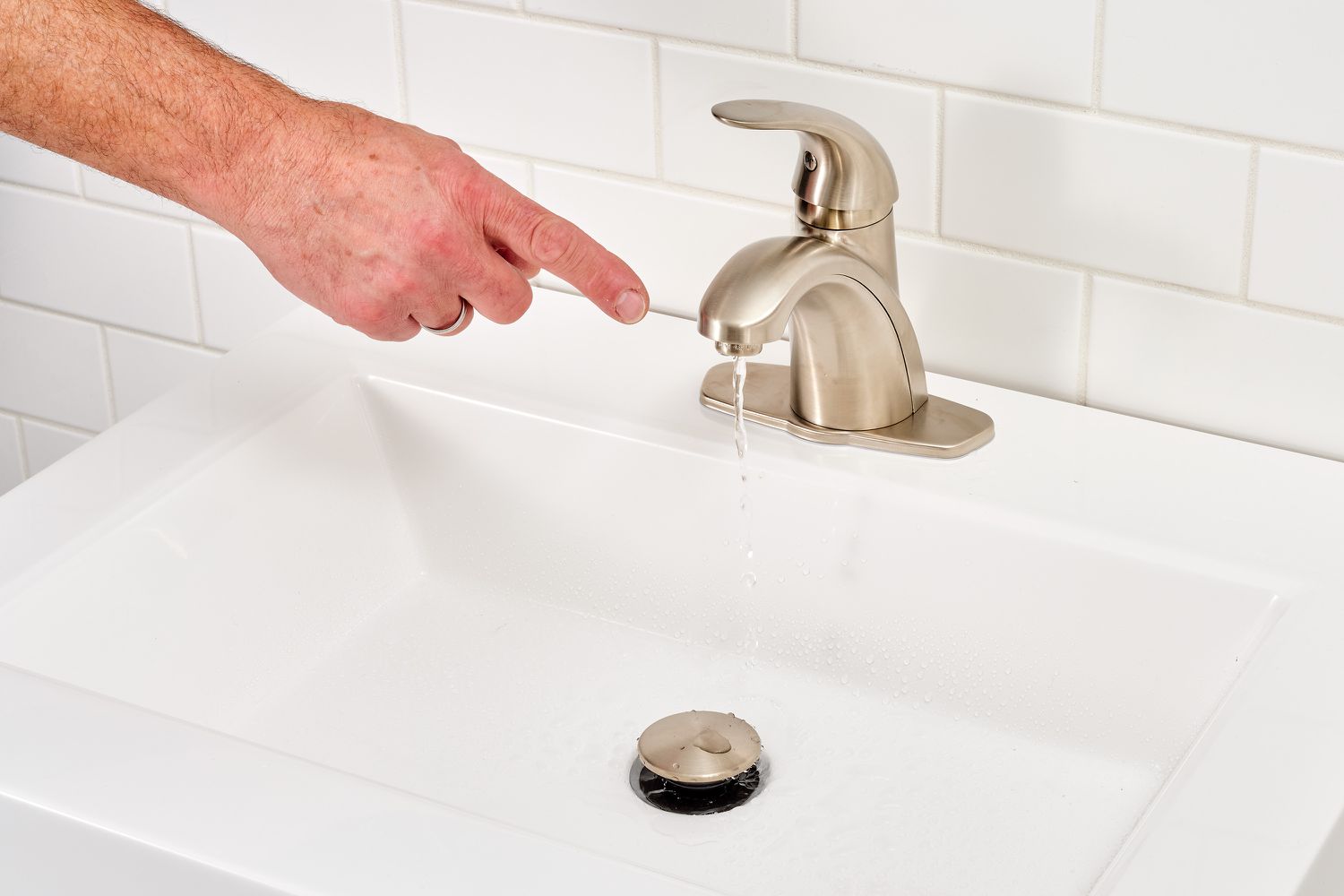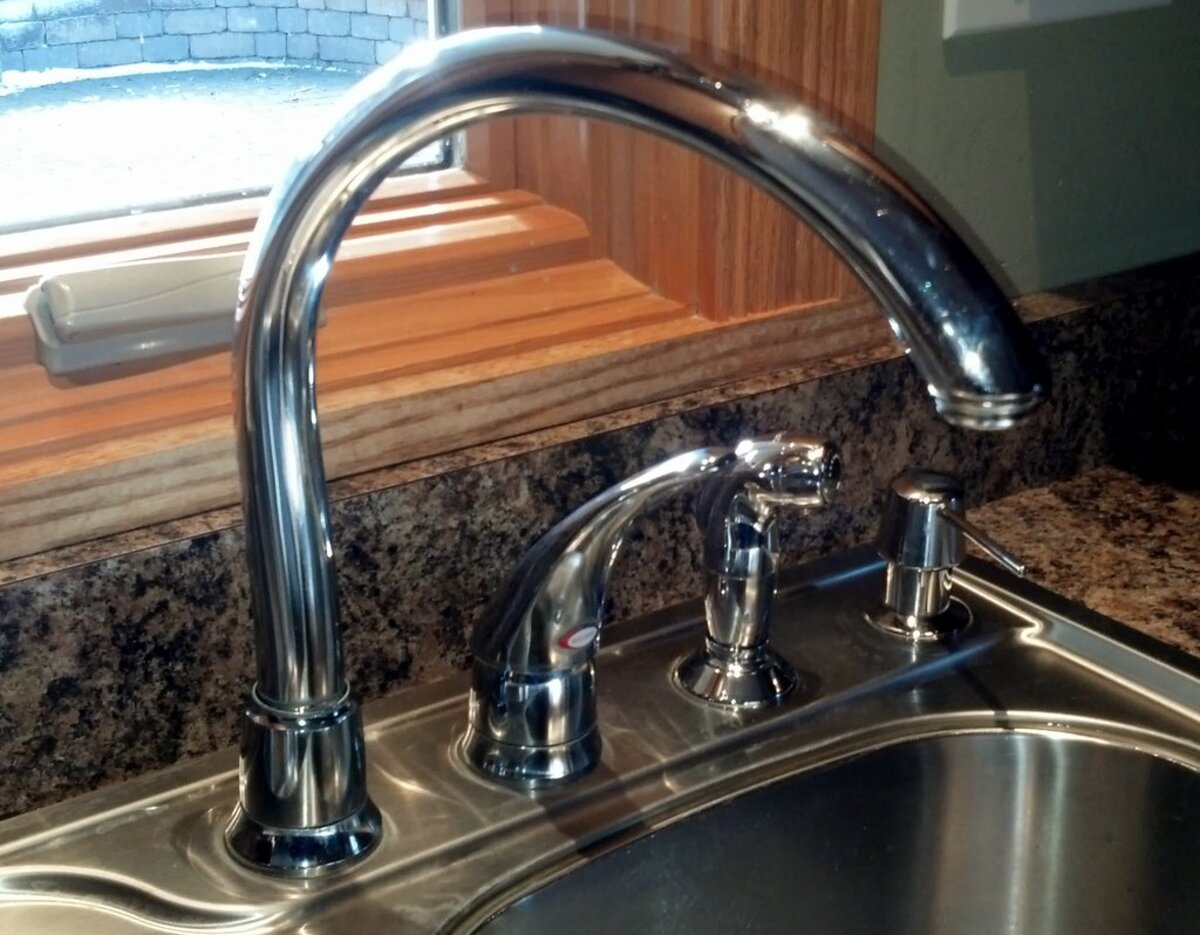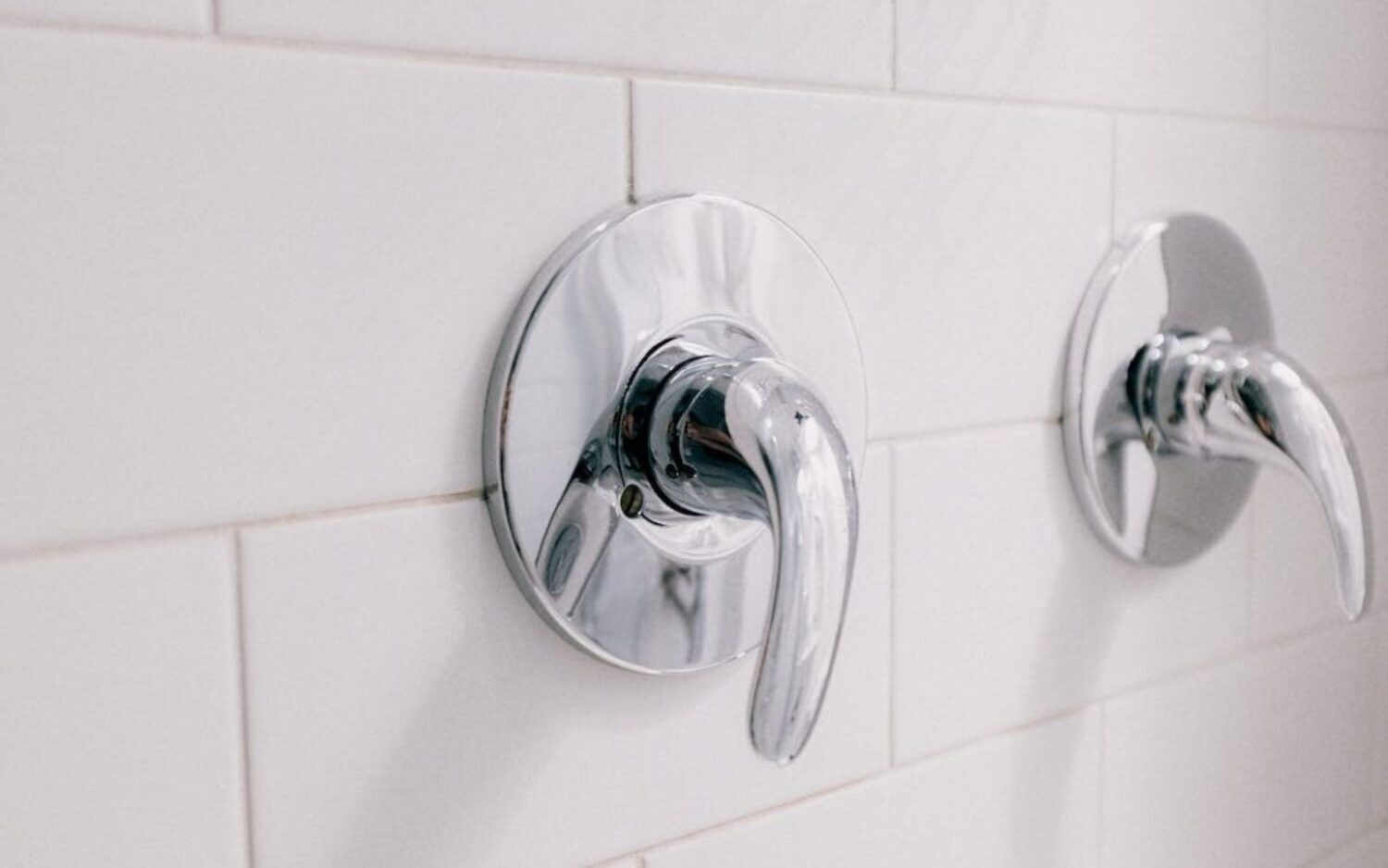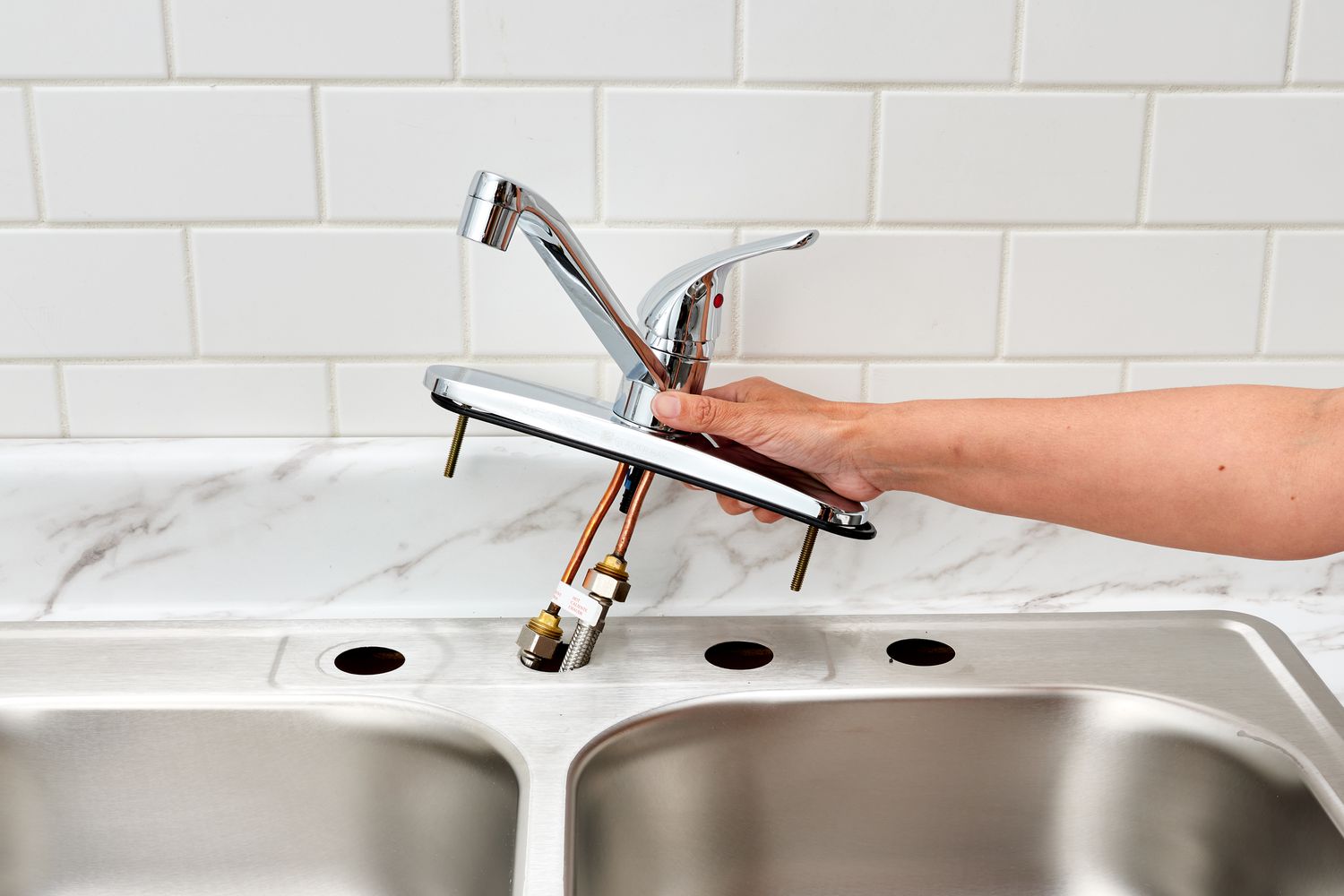Home> Faucet Fixing
Faucet Fixing Guide: Become an Expert in No Time | DIY Solutions
Master the skill of faucet fixing with our comprehensive guide. Enriched with simple DIY solutions, achieve flawless results in minutes.
How To Repair Your Tub And Shower Faucet To Stop The Dripping
By: Emily Roberts • Articles
